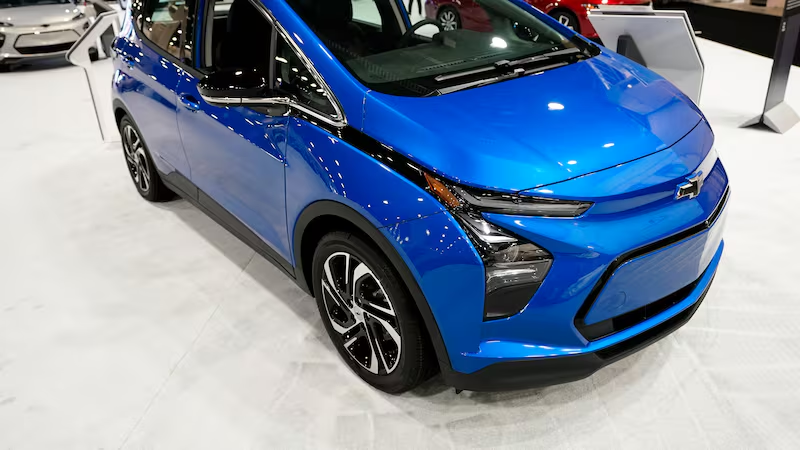The automotive industry is undergoing a significant transformation, driven by advancements in technology and a growing emphasis on sustainability. This shift is most evident in the rising popularity of electric cars (EVs) compared to traditional internal combustion engine (ICE) vehicles, commonly referred to as conventional cars. This article explores the key differences between these two types of vehicles, examining aspects such as environmental impact, cost, performance, and infrastructure.
Environmental Impact
Electric Cars
Electric cars are often hailed for their environmental benefits. They produce zero tailpipe emissions, which means they do not emit pollutants such as carbon dioxide (CO2), nitrogen oxides (NOx), and particulate matter (PM). This can significantly reduce air pollution, particularly in urban areas. Additionally, when powered by renewable energy sources, the overall carbon footprint of electric cars can be substantially lower than that of conventional cars. The production of electric vehicles, however, does involve the extraction and processing of materials for batteries, which can have environmental implications. Nonetheless, advancements in battery recycling and sustainable sourcing are mitigating these effects.
Conventional Cars
Conventional cars rely on fossil fuels—primarily gasoline or diesel—which combust in the engine to produce power. This combustion process releases a significant amount of CO2 and other pollutants into the atmosphere, contributing to climate change and air quality issues. Efforts to improve fuel efficiency and reduce emissions have led to cleaner engines and the development of hybrid vehicles, which combine an ICE with an electric motor. However, the fundamental reliance on fossil fuels remains a significant environmental drawback.
Cost
Electric Cars
The cost of electric vehicles has been a major barrier to widespread adoption, but this is changing rapidly. The initial purchase price of EVs can be higher than that of conventional cars, primarily due to the cost of batteries. However, several factors contribute to lower long-term costs:
- Lower Operating Costs: Electricity is generally cheaper than gasoline or diesel, and EVs have fewer moving parts, which reduces maintenance costs.
- Incentives and Subsidies: Many governments offer financial incentives, tax credits, and subsidies to promote the adoption of electric vehicles, making them more affordable.
- Declining Battery Costs: Advances in battery technology and increased production scale are driving down the cost of EV batteries, making electric cars more competitively priced.
Conventional Cars
Conventional cars typically have a lower initial purchase price compared to electric vehicles, particularly in the used car market. However, the ongoing costs of fuel, maintenance, and repairs can add up over time. ICE vehicles require regular oil changes, exhaust system repairs, and other maintenance that EVs do not. Additionally, fuel prices can fluctuate significantly, impacting the overall cost of ownership.
Performance
Electric Cars
Electric cars offer several performance advantages over conventional cars:
- Instant Torque: Electric motors provide instant torque, resulting in quick acceleration and a smooth driving experience.
- Quiet Operation: EVs operate quietly, reducing noise pollution and enhancing the driving experience.
- Regenerative Braking: This feature allows electric cars to recover energy during braking, improving efficiency and extending driving range.
Conventional Cars
Conventional cars have been refined over more than a century, offering robust and reliable performance. They excel in areas such as:
- Range and Refueling: ICE vehicles typically offer longer driving ranges and can be refueled quickly at ubiquitous gas stations.
- Towing and Hauling: Many conventional cars, especially trucks and SUVs, are designed for towing and hauling heavy loads, making them suitable for a variety of uses.
Infrastructure
Electric Cars
The growth of electric vehicles is closely tied to the development of charging infrastructure. Key considerations include:
- Charging Stations: The availability of public and private charging stations is expanding, but coverage can still be uneven, particularly in rural areas.
- Charging Time: Charging an electric car takes longer than refueling a conventional car, although fast-charging technology is improving.
- Home Charging: Many EV owners install home charging units, allowing them to conveniently charge their vehicles overnight.
Conventional Cars
The infrastructure for conventional cars is well-established and widely accessible. Gas stations are ubiquitous, providing a quick and convenient way to refuel. Additionally, the existing network of repair shops and service centers is extensive, supporting the maintenance and repair needs of ICE vehicles.
Conclusion
Both electric cars and conventional cars have their unique advantages and challenges. Electric vehicles represent a cleaner, more sustainable future with lower operating costs and advanced performance features. However, they require further advancements in battery technology and charging infrastructure to fully meet the needs of all consumers. Conventional cars, on the other hand, offer proven reliability, quick refueling, and robust infrastructure, but their environmental impact remains a significant concern.
As technology continues to evolve, the gap between electric and conventional cars is likely to narrow, making it an exciting time for the automotive industry. Consumers will benefit from a wider range of choices, allowing them to select the vehicle that best meets their needs and preferences while considering the broader impact on the environment and society.
